The Struggle of Pricing Your Work
For Philip Morley, finding a balance when pricing work has been, and will continue to be, a work in progress, but here are three things that make it easier for him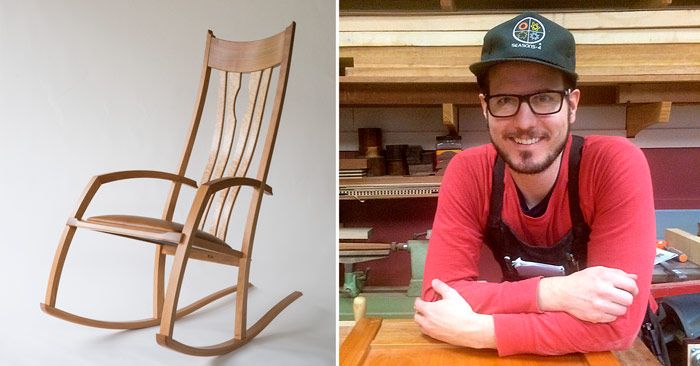
If I could eliminate any element of being a professional woodworker, it would be pricing work. I genuinely despise the internal and external haggling over the value of my work. Finding a balance when pricing my work has been, and will continue to be, a work in progress. As a professional, I need and want work, so I never want to bid myself out of a job. But as a designer and craftsman, I want to build something that I am proud of. Over the years I have found there are three things that help me maintain both my sanity and a steady flow of work.
First, I have learned to be direct and open with clients. In my experience, many conversations on potential pieces begin with, “I found a dresser on Wayfair but we can’t afford it.” After a brief internal scream of agony, I gently explain my process and what goes into each of my pieces. Many times this is all that it takes for clients to understand the value of the work involved.
Second, I have become much more careful with regard to pricing materials. The type of wood can significantly change the price of a piece. Underestimate the cost of lumber and you’ll see your profits vanish quickly. This works both ways, though, and many times a change to a more affordable wood species might help you land more work. At the very least, it’s worth having a conversation exploring different species when pricing a piece for a client who is on a tighter budget.
Last, I no longer even try to calculate what I am making per hour. If I do, I get disgruntled quickly. On one of my first pieces, I made $1.50 per hour not including overhead. I do not regret building that piece, as I was just starting out and I needed quality pieces for my portfolio. Instead, I try to think in broader terms of how much I need per week or even per month to keep myself and my shop going. Along this line, I have thrown out the idea of a 40-hour week. I may be putting more time into each piece, but I am also a lot happier with the pieces I build. If I keep doing work that I am proud of, clients seem to emerge who appreciate the value of what I am doing.
Pricing work is an art beyond my natural skill set. I am sure that my strategy won’t work for everyone and it will probably evolve for me over time. However, for now, it seems to work. It helps me price my work in a way that is practical but also leaves me feeling valued.
-Philip Morley is a professional furniture maker located just outside Austin, Texas. His Instagram account is a staff favorite in the Fine Woodworking office.

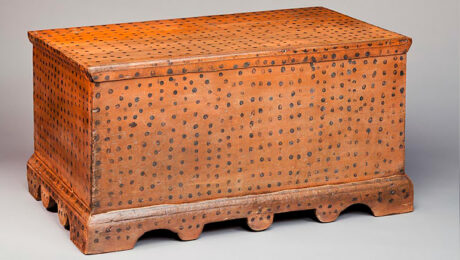

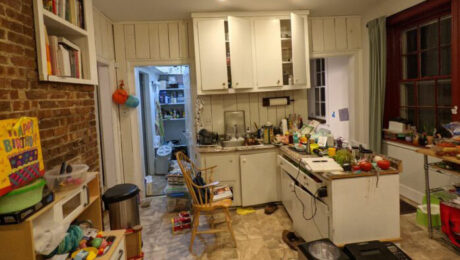
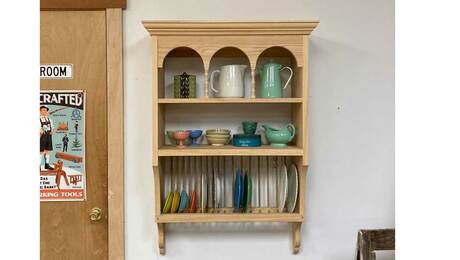


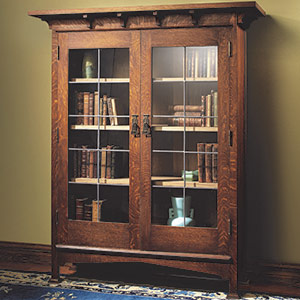
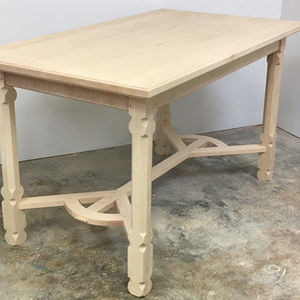

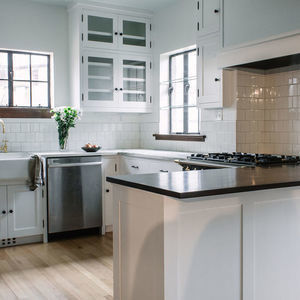












Comments
The best thing to do is make multiples of your pieces. Count the first piece you make as R+D concept costs. Once you know how to build the piece, then you'll have a much better idea how to mass produce it, saving time and money.
BTW, your customer probably won't care how long it took you to make what you're selling. Much like you don't care how long it took the baker to bake the cake. You just want to buy a good cake at a fair price.
If all you do full time is make furniture for a living than you are in a tough position. Branding the business is very important. The social media avenues like google +, Facebook, Instagram, twitter, etc are key components to establishing your brand and showing your client that your work is quality and with quality means money involved. The public needs to understand prices of the business isn't the same as IKEA or wayfair. They need to understand there is no factory out back and that returning an item isn't an option.
Always mark up your lumber, add 10-20% waste factor depending on the wood is air dry or kiln, species, and age. Charge for your design work. Break down every detail on paper and put a time on it. Example 10 mortise and tenon 1.5 inches deep/long I would say 2 hours. Than add up the time and add 25% for the oops factor.
If a client seed you are hungry for work than they got ya where they want ya. Sometimes you make more money say no to work. Breaking down how much you get per hour is very important for it tells you what you are doing wrong and what needs to change. A 40 hour work week is for the birds but you need 40 hrs behind the bench and at least 20 in the office doing paper work, web site, branding, social media, etc. but also remember life is precious and you only live once so enjoy it.
It’s a challenge “making a living” in any endeavor that is art or artisan based. We love doing quality work, which translates into time, which should translate into money. Unfortunately there is a threshold we all hit based on competition and reality. I’m charging what I feel is alot for the items I make -- but there’s a limit because folks will always have less expensive options. It’s also hard to transition from a career where I was accustomed to charging a couple hundred dollars and hour into semi-retirement where woodworking is supplemental income. But if you love it, and keep your standards high and living expenses low enough -- it’s a pleasant and reewarding second, or third career. :-)
my formula (Material cost + 20% )+(Hourly rate x no of hours) or another way to look at this (based on all the projects and wood species)it worked out to be - cost of materials x 3.2
One would think there is an understood difference between an heirloom piece that will be passed down for generations and a mass produced Chinese piece that will not last one persons life time. Your customers should pay for that quality. I'm not sure a cake is a good comparison. You are correct that producing single custom pieces have alot more design overhead.
I've stopped calculating my hourly wage. Too depressing. I simply consider that I left a high pressure sales management job to become a full time woodworking pro. I get up in the morning, throw on some scrubby clothes and step into my attached garage turned workshop. My income has dropped to 25% of what it used to be. My joy/satisfaction level is up 200% I might work longer hours, but I have the flexibility of dropping everything and heading to the lake for a few days of relaxation whenever I choose.
And as my popularity increases, so do my prices.
Cheers!
we make lots of different kinds of pieces, and get a fair number of requests for quotes. to do a good and accurate estimate, particularly for a new design, can take a lot of time. here's a (long) thought from someone who has been making estimates for 38+ years and still doesn't really enjoy it either ...
if you have been in business for a while and have some kind of bookkeeping program, take your gross sales and divide it by your material costs for the period. example .. $10,000 sales divide by $2,000 material costs = 5. if you feel like you made a good living during that time, you can use 5 times the cost of your materials to make a quick rough estimate to qualify your potential client. if you feel underpaid, raise your multiplier to materials x 6, or 7, etc. ergo, estimated sale price then = materials times 'your number' for a simple straightforward piece. lots of curves? new techniques? inlays? materials x 8 for instance. then if you have made a detailed estimate like other folks here suggest, take your materials times X estimated price, subtract your material costs from that, and divide that by the number of hours in your careful thoughtful estimate. that number becomes a back check to see how much time you theoretically have to build the piece. make sense? i typically use these two methods, and review them with the boys in the shop to get their input on time and material required. sometimes we do good, sometimes, not so much, but (hopefully) it tends to average out over the year..
good luck ...
dan
dorset custom furniture ...
I had difficulty with this important element until I got my feet on the ground and enough sawdust on me to gain the confidence to start asking what my work was worth. Further, after doing enough commissions to be able to figure out what my actual hourly shop rate was, formulae such as "(materials X 1.2) + (hours of labour X hourly shop rate) can get you into the ballpark. Then, you throw on a bit of profit which I usually calculated at the total X 1.2. The reason I say "usually" is that I'd look around my area and see what comparable craftspersons were getting for the same relative quality and work, and if for any reason mine was too high, I'd back off the profit figure until I became comfortable. Another associate of mine used to say that if you're not turning down at least 20% of the work, your prices are too low. Hope this all helps.
Log in or create an account to post a comment.
Sign up Log in